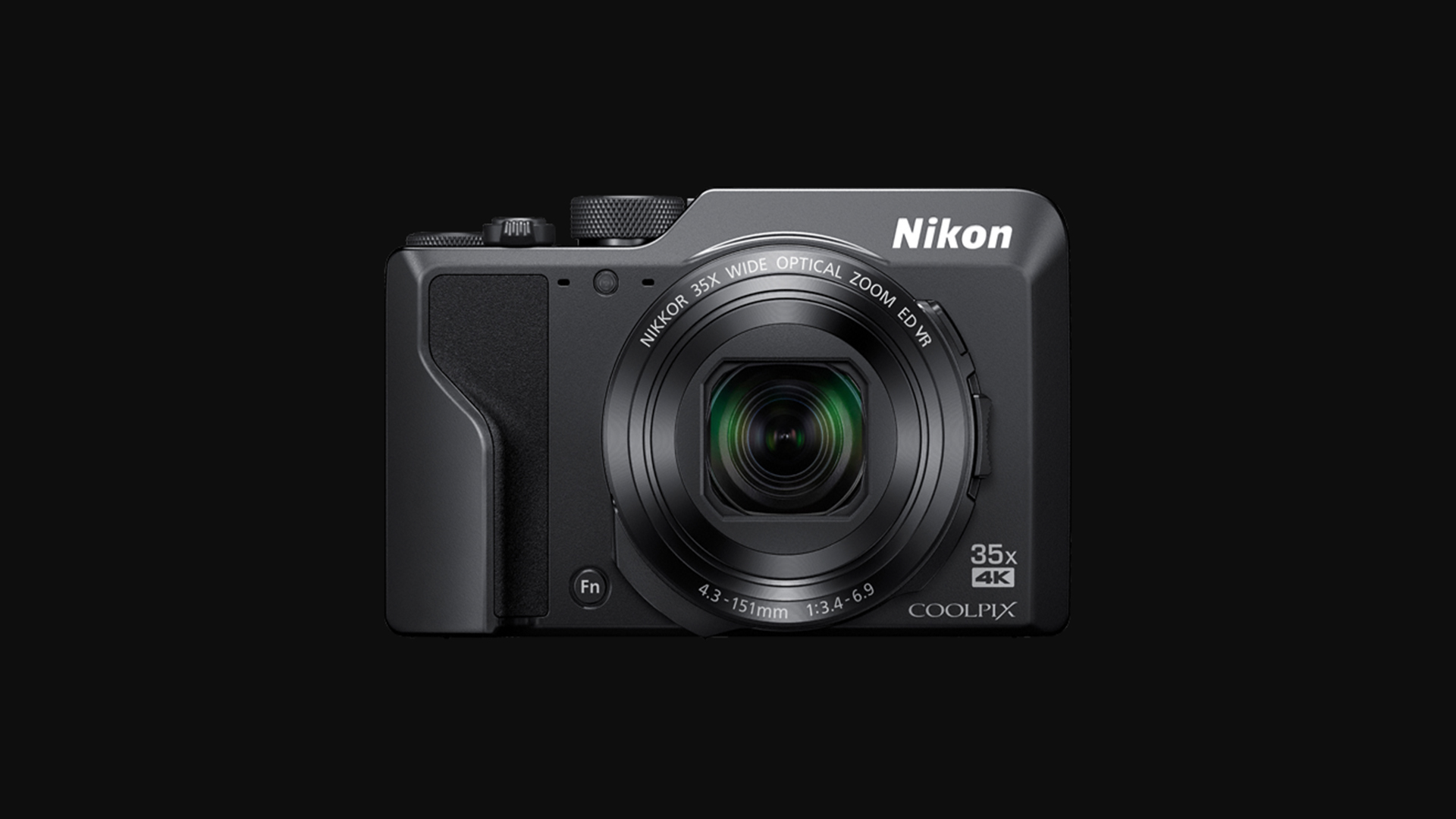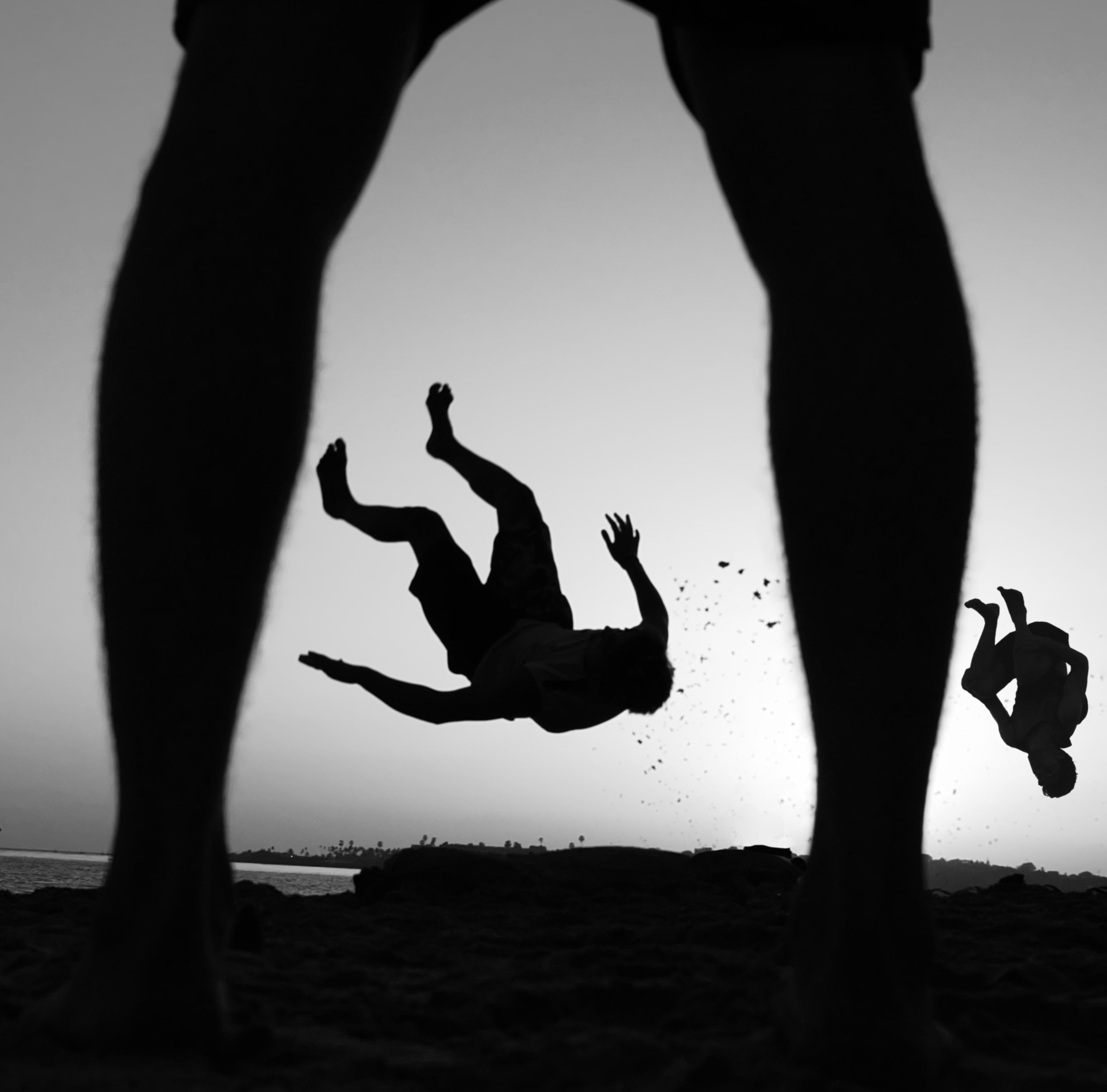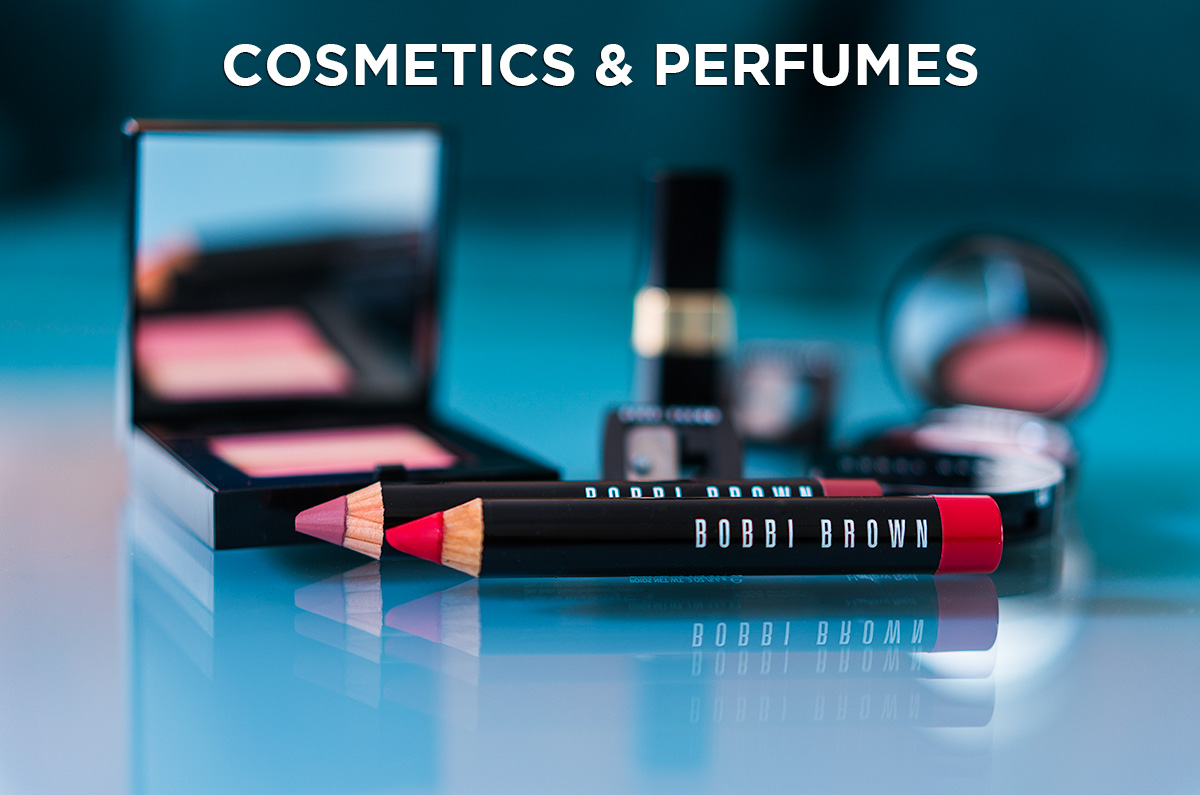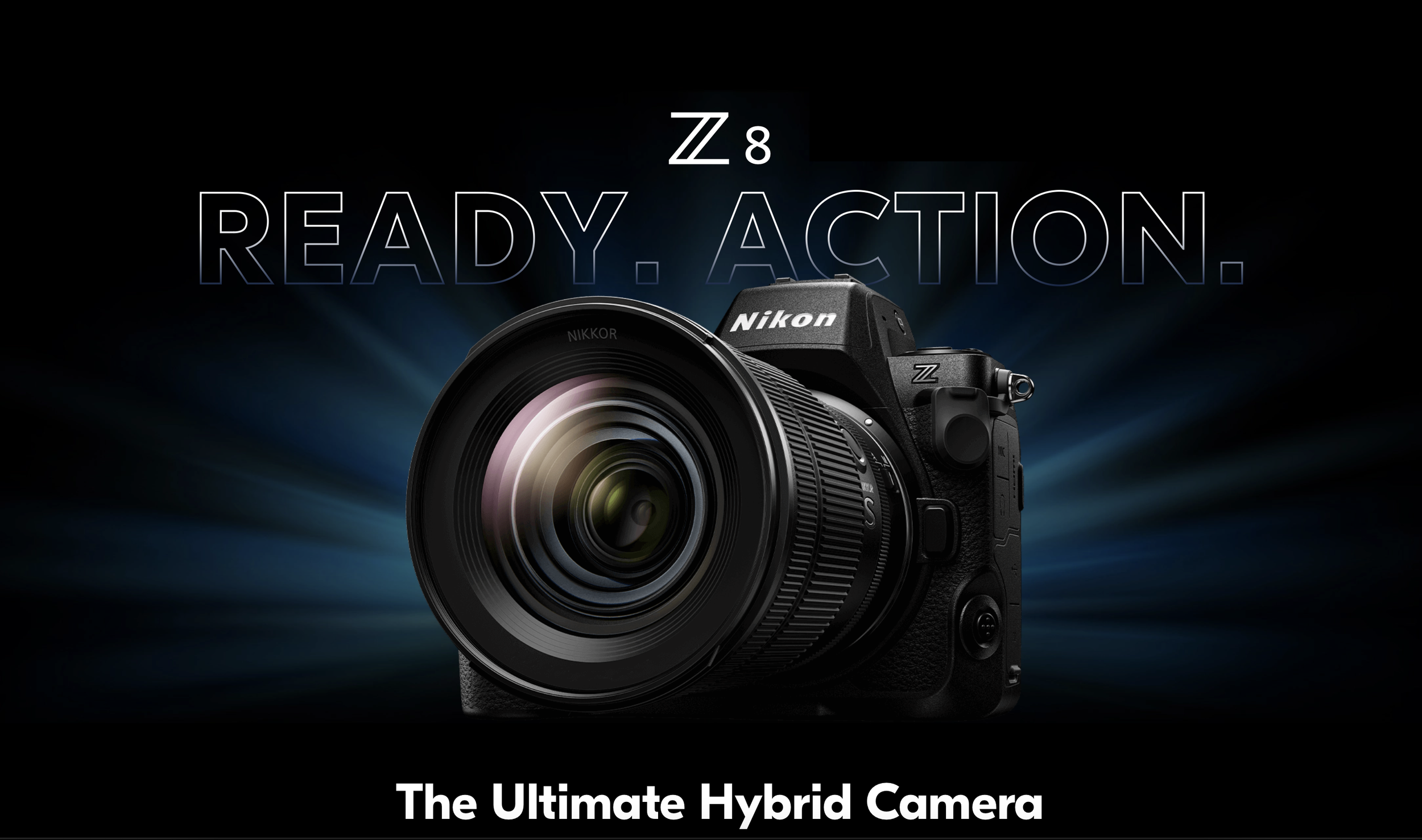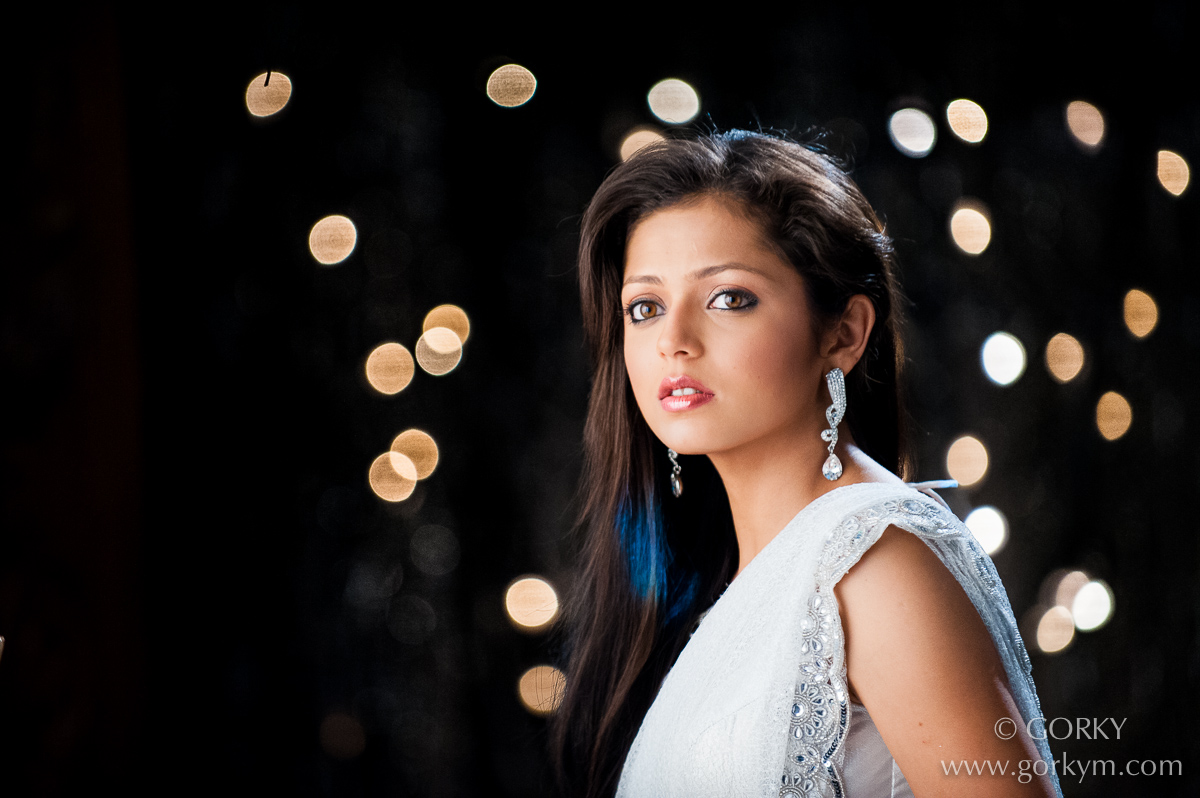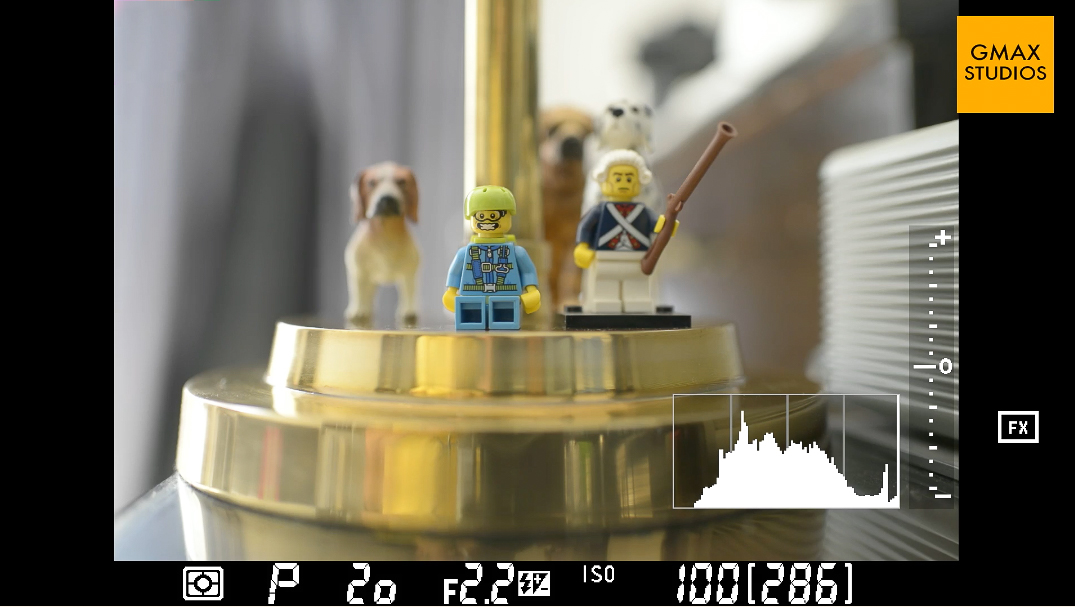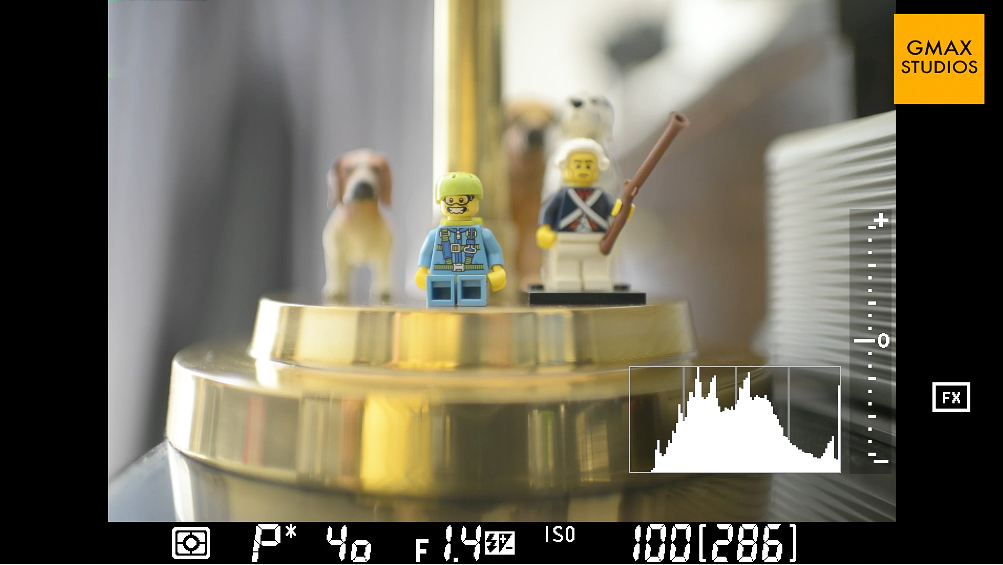It’s been two years since we visited Vrindavan to photograph the illustrious Holi celebrations. Here is a look back at that colourful photography expedition.
Project 52 | Week 1 | 2nd March, 2017
Project 52 is based on the idea of taking one photograph a week for year.
The idea is to find things readily available around you or possibly buy something new - gear and lenses are not all that you should spend on.
The idea is also to look at the things surrounding you in a new light - observe what you have around you.
Learn photography
Download GMax Studios apps for iPhone and Android
Now you can download GMax Studios apps for iPhone and Android.
While you have been looking to learn photography, we have been looking at ways to be in touch with all the wonderful photographers who are a part of our community and engaging with them while giving them easy access to our content.
So, we decided to launch apps for GMax Studios - both for the iPhone and Android operating systems.
With these apps, we hope that we can stay closely in touch as the apps will have the forum features, you will get notifications about important events like live chats, photo walks and workshops etc. The apps will also have content and articles exclusively available on the app.
GMAX STUDIOS APP FOR ANDROID
This app is for all Android phones like Samsung, HTC, Nexus etc. If you have a smartphone running Android OS you can download the app from the following link:
download link: http://gmxs.in/android
(null)(null)
GMAX STUDIOS APP FOR iPHONE
This of course is the app for the Iphone. You can click the link given below or click on the the screen shot.
Download link: http://gmxs.in/ios
We would really love it if you share this with all your friends and and family who are interested in photography.
Wildlife photography with wildlife photographer David Yarrow
Wildlife photography as art
For most people making a living off photography is a dream and quite a few people keep chasing their dream and shooting all kinds of photographs without relooking at the philosophy behind their photographs.
Yes. Learning photography is just not enough - there is a philosophy that needs to shine through the pictures and only then will there be a value to them. This applies to any kind of photography - wildlife photography, portrait photography, wedding photography or any other.
David Yarrow is a photographer whose photographs sell for as much as £ 14,000 (Source: The Daily Mail) How did he do this? By rethinking the way he took photographs! He thought of Robert Capa's quote "If your photographs aren't good enough, you are not close enough!" and changed his way of shooting. He says that if you are into wildlife photography and you are "looking down" on your subjects - then they are nothing but snapshots that you can show to your children.
To turn his photographs into works of art that sell for astronomical amounts, he really gets up close and personal to his subjects. He takes photographs by placing his cameras really close and triggers them via remote.
In this interview given to YouPic, he talks about all this and much more that defines his photography. GMax Studios is proud to be associated with YouPic in bringing you this interview with David Yarrow. Watch it to truly get inspired. We guarantee it will inspire you - no matter what kind of photography you do.
TRANSCRIPT OF THE VIDEO
[SOUND] [MUSIC] We bring together for you, the best photographers in the world. [MUSIC] >> Andy Warhol said, my favorite color is white and my favorite color is black. So use the whites, use the blacks, don't have fifty shades of grey. We'll have that as well, but use the blacks and use the whites.
[MUSIC] I got fascinated in sharks because I felt that sharks hadn't been photographed well. After about 30 hours dedicated in the water to this, I got the big shot of the shark and a seal. And I still think it's the strongest picture of shark predation that I know, and it's pin-sharp.
[MUSIC] And then someone said to me, do you see that picture in the Daily Telegraph, can I get a big one for my office? Because I want anyone that comes into my office to be very scared of me, and the best way of doing that is to have a big shark eating something behind my desk.
And he said, how much would it cost? I said, I don't know, but we'll put in a nice frame may be for 5,000 Pounds. And he said, okay, I'll have two. And that was when the penny dropped that the way to make money from my kind of photography was in fine art. Producing limited edition fine art prints that were aesthetically strong enough, or evocative enough that people would put them on their wall.
[MUSIC] I think the mistake a lot of photographers, wildlife photographers make is that they go on a trip without any specific idea of what kind of African animal they're gonna be shooting. And for me you go, you choose the animal, and then you know where you're gonna go to photograph the animal.
And by far and away, the best place in the world to photograph elephants is Amboseli. Wildlife photographers, many of them use telephotos far too much. If you're gonna be photographing a beautiful woman, you're never gonna shoot her with a 400 millimeter lens or even a 200 or a 300.
You'd shoot her with a standard lens or a wide angle, and it should be the same with animals. It's then just the logistical issues, how you get yourself in a position to do that whilst remaining safe. [MUSIC] The great beauty of elephants is there's no animal where their predicted path can be determined with greater clarity and assurance than an elephant, they tend to walk in straight lines.
So if you see a herd walking across a dry lake, you get 200 yards ahead of them, and you know probably where they're gonna, within a yard, where they're gonna come. You got the peak of Kilimanjaro peaking out over the top of the clouds, and the light's getting better every five minutes, these are probably not bad circumstances.
You can see the big guy with that big tusk over there on the left, sadly that's about 8 grand in the local market, and that's 60 grand in China. You put the remote down, and you prefocus and then you get the hell out of there, so that they're in no way detoured by you. And they probably don't see the camera until they're about a foot and a half away from it, which is perfect because that's what you want.
So you want proximity and a ground level perspective. Okay, so I'm gonna get out of the car, I'm gonna set up the remote. [MUSIC] I walked into a little bit of elephant manure. Okay, let's get out of here. [MUSIC] Okay, let's go and grab it. [NOISE] There's nothing I wanna do less than photograph with blue sky and sunshine.
I want moody, almost sort of impending doom in the skies, and you get that in Amboseli in October. It's the best canvas on which to paint with light, and take pictures of anywhere in the world I think. [MUSIC] The behavior of elephants has changed because of cattle. Because the Maasai brought their cattle in, in big numbers into the park, and that's resulted in more humans and more lions.
So the elephants don't behave in the way that they used to, and lake crossings are rarer. [MUSIC] I position scouts on the hills overlooking Amboseli dry lake, and as soon as they see the beginnings of a herd crossing the lake, we'll find out. And on this occasion it was the middle of the day, which doesn't tend to suit my style because the sun's too high, but gratifyingly there was quite a lot of cloud cover, and it was a big herd, it was 25 elephants, and I didn't even have my photographic clothing on.
I was just hanging around in swimming trunks and loafers, but we charged there to the lake, and must have been going goodness knows what speed. And this series is about 15 minutes, but there was one lovely moment where I was lying on the ground, and the elephants were about 60 yards away from me, and they just didn't know whether to go left or right of me.
They don't tend to charge there because there is no vegetation, so they're not surprised, they know the human is there. The time you gotta be careful of an elephant is when you surprise it, but in Amboseli you're quite safe, relatively. And they just huddled together, and I knew as soon as when I pressed the trigger, I thought this composition is coming together rather nicely.
And then when I got back, I knew I'd got a very big image. [SOUND] My approach is two-fold. Firstly, that you have to be close, and borrowing from Robert Capa, if the pictures, if they're not good enough, you're not close enough. Ansel Adams also said that the lens looks both ways.
It's truer and truer as the lens gets shorter and shorter. I don't think the lens necessarily looks both ways with a 400, it's more likely to look both ways with a 50 or a 35, just staring right back into your soul. I think also if you're photographing a dangerous animal, if your line of sight is higher than the eyes of the animal, that immediately hints at an artificial encounter.
It hints at the fact that you're higher than the animal. No more so than Polar bears, and I've wasted so much time photographing Polar bears. Because normally if a Polar bear comes up to a boat, and you photograph it from the deck looking down at the Polar bear looking up at you, that's just pulp.
There's nothing interesting in that photograph, other than for it to show your kids when you get home. So we did a lot of research as to the best place in the world to photograph Polar bears, and for me to get close and be safe. And we found a place where for about a week, there's very strange behavior in that the Polar bears seem to be in collaboration with the humans because the Inuits are whaling, and they bring whales in.
And the bears now know that the humans are their friends because they can feed off the whale carcasses, and for about two weeks you can get very close to the Polar bears. And there's one picture I've got which was printed in the Telegraph recently and sells very well, where I actually managed to take a selfie of myself in the Polar bear's eyes because I was a foot and a half away.
And I had an Inuit fisherman behind me saying, I think you're okay with this one, and it was almost the ultimate example of putting trust in someone else because the Polar bear was two feet from my lens. [MUSIC] I think with lions, again I want to photograph lions from the ground up.
But a remote control is very much the way that I like to photograph dangerous animals, I can't really see any other way to do it. You gotta be a bit careful because the cameras can be eaten. Or Nikon are fed up with me because whenever I bring it back, a damaged camera, normally you've got all these boxes to tick like dropped it, or it fell in the water, and I have to fill in new things like kicked by elephant.
[NOISE] Or eaten by a lion. So they find it quite, [LAUGH] Whenever I go down to see them in Richmond they go, which box are you gonna tick this time? But they quite enjoy it because I guess it's a different experience for them trying to mend a lion-eaten D4S, or whatever. The key to strong photography of the kind that I do, not doing a fashion shoot for Vogue, is access.
It is about putting in the spade-work logistically and research-wise to find yourself in the right position at the right time, to then use that conduit, and use your heart and your brain and your eye. But those things are all secondary to getting yourself in that position, whether it be with an individual, whether it be with a dangerous animal, whether it be in a scene.
And so I think the actual art of pressing the trigger is maybe 5% of the job, 95% of the job is finding yourself in the position where you want to then go and take the trigger. I'm just trying to get the silhouettes with the dust flying up, which is quite scary. [SOUND] Nearly, bloody nearly.
Not quite, I think nearly. And I also admire photographers who understand that if they come back from a trip with 200 good photographs, that's too many. I think plurality is the bane of many photographers. I think I've taken this year, this year, I think maybe 4 good pictures, and maybe 2 really, really strong pictures that will stand the test of time.
So that's 6, 6 in 12 months. I know people will look and say, [LAUGH] Well, that's not very good. [LAUGH] But the whole point is that's what you're looking to do. If it was that easy, then how on earth could you be selling a picture for a huge sum of money, if you can just leave Heathrow on Monday, and take a picture on Tuesday? You can't.
[MUSIC] [SOUND] Be inspired, be better, be great. [BLANK_AUDIO] [SOUND].
Photography Inspiration | The Decisive Moment Part 1
Mastering metering modes on Canon and Nikon
What are metering modes?
To get a proper exposure and to avoid underexposing or overexposing your photograph, the camera meters the amount of light hitting your subject and makes a quick calculation based on it to tell you the reading of a certain scene. It is pretty much like how we see with our eyes. The light hitting the subject is reflected into the lens and the camera makes a judgement based on it to tell us our exposure value. To evaluate this, the cameras usually have three or four metering modes built into them.
How is light measured?
The amount of light falling on the subject is called incident light and the light bouncing back off, after hitting the subject is called reflected light.
Reflected and Incident Light
Traditionally, light meters like the one shown below are used to measure the amount of light falling on a subject. So technically, they are often referred to as Incident Light Meters. Though some of them also have the capability of measuring reflected light.
Incident Light meter
Cameras on the other hand measure reflected light - the light bouncing off the subject and entering the lens.
What is Incident and Reflected Light
The problem with metering reflected light is that not all colours reflect back the same amount of light - though the amount of light falling on them might be the same.
It is for this reason that most cameras have more than one metering mode. Though the camera meters are calibrated to compensate for reading reflected light, they are also calibrated to done one more thing, if they are left to their own - expose everything properly. Your camera will likely get fooled under these three conditions
Strong whites
Strong blacks
Backlight
What are the different metering modes?
Usually, every camera has three metering modes, whether it is a Canon, Nikon, Fuji or Sony. They just call it by different names to confuse us.
Mastering metering modes on Canon and Nikon Sony and Fuji
Matrix metering, Evaluative or Multi metering mode
As you can see from the chart below, different camera companies refer to this metering mode by different names. It is an extremely complex and advanced metering mode and is accurate 90% of the time.
Nikon Matrix Canon Evaluative metering
In this mode, the camera analyses the entire frame and then, based on very complex algorithms and calculations gives you what it thinks is the perfect exposure for that scene. The algorithms and calculations used by each company are different and are top secret because this is the metering mode that 90% of the camera users use 90% of the time. In other words, this metering mode actually decides the reputation of a camera in the minds of the common user. To give you an example, Nikon describes the Matrix Metering mode as follows:
Matrix metering evaluates multiple segments of a scene to determine the best exposure by essentially splitting the scene into sections, evaluating either 420-segments or 1,005 segments, depending on the Nikon D-SLR in use.
The 3D Color Matrix Meter II takes into account the scene's contrast and brightness, the subject's distance (via a D- or G-type NIKKOR lens), the color of the subject within the scene and RGB color values in every section of the scene. 3D Color Matrix Metering II also uses special exposure-evaluation algorithms, optimized for digital imaging, that detect highlight areas. The meter then accesses a database of over 30,000 actual images to determine the best exposure for the scene. Once the camera receives the scene data, its powerful microcomputer and the database work together to provide the finest automatic exposure control available.
30,000 images! Imagine that! I suspect that the other camera makers have similar complex technology working in their cameras as well - they just haven't shared it with me yet!
The image below shows a camera in Matrix, Evaluative or Multi metering mode where the yellow overlay represents the entire frame being covered and analysed.
Metering viewfinder matrix Nikon Canon Evaluative Sony Fuji
Centre weighted metering mode
In this metering mode, only the centre reading is taken as depicted by the yellow overlay in the photograph below. In some cameras, you can control the size of the centre which gives you more control over your photographs.
Metering viewfinder Centre
Spot metering mode
In this mode, the camera takes the reading only from the spot that you have selected and practically ignores the rest of the frame. Spot metering mode is an extremely precise mode and it can give some fantastic results under some conditions.
For example, in the photograph above, I was only worried about exposing the face of the actor correctly because it was meant to be a dark mysterious scene. So I switched the metering mode to spot metering. (Click on the file to be taken to the larger version or click here)
In addition to this, some cameras might have a partial evaluative or some other nonsensical metering mode which I don't bother with and I suggest you don't either. The reason I say this is, the more you stick to the basics of photography and master them and rely less on proprietary technology, the better photographer you will be. In addition to this to this, you will also be able to switch camera models, makes and brands at the drop of a hat. This eventually leads to great freedom - if as a photographer, you can be free of model or brands. You should definitely aim for that.
In conclusion, the right metering mode can help you translate the photograph that you have in your mind into reality. I recommend starting with the Matrix metering mode on the Nikon or the Evaluative mode on the can Canon and then slowly start experimenting with other modes to see which one you prefer under what circumstance.
To learn photography, we recommend you read The Ultimate Beginner's Guide to Photography
Watch the video on metering modes below to understand more about metering modes and please share this article with your friends if you liked it.
Please subscribe to our YouTube channel to watch more videos like this by clicking the banner above. You can also register and join our forum to share photographs, ask questions or seek advice or critique from us or other fellow photographers.
Fieldwork - Shooting Swanand Kirkire
Fieldwork - Shooting Swanand Kirkire
It is not every day that you are woken up by a phone call from a two-time National Award Winner.
I picked up the phone. It was Swanand Kirkire who has got a cult following for his song Baawra Man. If you have not heard this song, please hit the link now!!! He has also won the National Award, twice - once for Lage Raho Munnabhai and the second time for 3 Idiots.
He was headed for an interview and needed a picture really quickly. 15-20 mins is all he had to stop by at my place.
"I don't want it to look like a photograph-photograph, you know... like it has been shot!" he said."Now, how on Earth could a photograph look as if it had not been shot," I wondered. Before I could muster a reply, he asked, "What clothes should I carry?" "Uh... A white shirt and a black shirt and maybe...." I barely managed to say before he said "See you!" and hung up.
The process
What aspect of a personality can you encompass in a photograph when he is a actor, director, writer and lyricist all rolled into one? I was still contemplating the "setting of the shot" but I was sure of one thing - I wanted to shoot him using just natural light. This was because he did not want the picture to look as if it had been shot.
We tried a few settings, like the one pictured above, sitting at a piano but we were not happy with it. He said it made him look "false" since he barely knew how to play the piano and I was not happy the way the warmer light was blending with the daylight. Both were different colour temperatures and they were not looking good. Though, I must add that there are no such hard and fast rules for mixing colour temperature or white balance.
Then I noticed he was wearing a red bracelet made of beads and that gave me an idea. I mustered up all the red coloured things in the house which could be at writer's table and made him sit on my dining table. I even got my goldfish bowl as a prop. There was natural light coming through the window (my favourite light source!) from the right side of the camera and I asked my driver (the only help available at that time!) to hold a small reflector from the left side of the camera.
Then I asked Swanand to write something, really write something and forget that I was there! He said, "How can I do that early in the morning?". I said, "The same way, I am shooting your photograph!" He smiled and set pen to paper and started writing something.
He got a phone call in the middle of the session and I asked him to take it, resulting in the above picture. He loved it but I knew that the magazine/newspaper would not.
The result
The final shot that satisfied us both is the one pictured below. Here, satisfaction is the key word. I don't know if I could have shot a better photograph that day (I would like to believe, I could have!) but he and I, both were satisfied with the outcome considering the amount of time, I had to plan the shot, take it and actually deliver it to him right then and there. Also, I made him adjust the time in his watch to make it look like it was some time later in the day. Somehow, it just felt better to me. I look at this photograph often, planning what all will I do if someone walks in my door under similar circumstances with a similar request. I have made quite an exhaustive list - but that is material for another post.
The first picture at the piano became the profile picture of the Swanand Kirkire authorised Facebook page.
The real bonus was that he actually wrote a beautiful poem on my goldfish while he was sitting there. That was really a wonderful surprise.
Have you shot any portraits using only natural light recently? Share them with us. Please feel free to ask questions in the comments.
UPDATE: If you really love his work, you might want to click here to see an informal video recording I shot where he is singing Baawra Mann with Shantanu Moitra
Photography Inspiration - Part 1 - Going to the movies
Photography Inspiration! Ah, you elusive woman. always in the mood for a game of hide and seek. You elude me most of the time and yet when I give up all hope - you stare me in the face.
When you learn photography, it is easy to get bored of shooting the stuff that you usually do. You find that you have shot almost everything around you - at least, you think so!
I often look at movies as a source of inspiration or ideas to create a new photograph or explore a new style of photography.
Looking at the work of masters on top of their game is a great way to learn photography. I am not saying that all of us have access to spaceships and elaborate sets and lights.

But looking at movies and analysing their shots and frames can teach us a great deal about learning photography.
We can learn about composition

We can learn about contrasting colour

We can learn about taking close shots of everyday objects

We can learn about the use of dominant colours

We can learn about using coloured light to create a mood

Learn about putting friends in awkward poses to create an image

WARNING:
I do know the importance of inspiration when you learn photography but please don't go setting fire to people's houses in the quest for a good photograph.

Note:The images in this article have been taken from an article that originally appeared on Buzzfeed and was titled 129 of The Most Beautiful shots in Movie History by Daniel Dalton. Take a look at the original article if you want to see all the 129 frames. Clicking on any of the images will take you to the original article as well.
Please leave a comment below as to where do you get stuck and what would you like to see in the next part of our Photography Inspiration series and please don't forget to share this article with your friends if you liked it.
Learn photography now:
THE ULTIMATE BEGINNER'S GUIDE TO PHOTOGRAPHY
You can learn photography by subscribing to the GMax Studios YouTube channel. We really have some great videos there.
How to prevent photos from being stolen online
There is a short answer to this question of how to prevent photos from being stolen online. The answer is - nothing! This is not some random sensational statement but a fact as I have discovered from personal experience.
Once a picture is out there on the Internet - there is nothing you can do to prevent them from being stolen from a person who is determined to do so. Watermarks can be erased, the picture can be cropped etc. You can subscribe to services like Digimarc Digimarc Guardian for Images to keep track of your stolen images but the question is, do you have the time, money and resources to do this? If you find out someone has stolen your images do you have the additional time and resources to go all Liam Neeson on them - hunt them down and make them pay?
Nobody steals Liam Neeson's photographs and gets away with it!
Who "steals" photographs on the internet?
In my opinion, there are two kinds of people who "steal" photographs from others.
PEOPLE WITH NO MALICIOUS INTENT: People who just find your photograph interesting and want to share it for others to see. They feel an emotional connection to it and hence share it. A lot of my photographs from my hometown Lucknow, get posted in this manner. Perhaps, they have never seen my hometown shot like this and perhaps (I hope!) those were some of the best pictures they stumbled upon.
Lucknow, Uttar Pradesh, Bada Imabara
The second reason why they might do this is the joy of discovery. When they post these pictures, they say to their peers,"Hey, have you seen this? I discovered this first!"
How to prevent photos from being stolen online GMAX STUDIOS
The photograph above is perhaps one of my most "stolen" photographs. It is a photograph of an actress from one of our very popular shows. It went straight from my Facebook page to a thousand other pages, forums and websites. I was angry at first but then I realised that that no one meant any harm. They were just avid watchers of my TV show and they just loved the picture. I messaged some of the biggest groups and fan pages and told them,"A credit would be have been nice!" or "You could have just shared it!" You will be surprised to know how many people responded with a credit in a repost or just re-shared the photo again from my page. My website which was already showing a spike, just went nuts!
PEOPLE WITH MALICIOUS INTENT OR WHO DON'T GIVE A DAMN: These are people who try to pass of your work as their own to gain a better standing in their peer group or try to get assignments based on your work since they are not capable of achieving the standards your photographs have. There are also a large number of websites which use your work depicting your picture as a representation of the content they are creating. A lot of them, use your photographs on commercial websites including international news websites. Hell, some people have even won contests, using photographs belonging to others.
These are the people you should go after but there is no reason for you to all ballastic. Try to be civil and start a reasonable dicussion. You might be outraged but be cool. You might be surprised by the results. As far as news outlets go, you might not get anything but an apology because news outlets are covered by "Fair Use " and they use it to their advantage.
Fair use as defined by Wikipedia is:
Fair use is a limitation and exception to the exclusive right granted by copyright law to the author of a creative work. In United States copyright law, fair use is a doctrine that permits limited use of copyrighted material without acquiring permission from the rights holders. Examples of fair use include commentary, search engines, criticism, parody, news reporting, research, teaching, library archiving and scholarship. It provides for the legal, unlicensed citation or incorporation of copyrighted material in another author's work under a four-factor balancing test.
Different kinds of stealing
Stealing photos from social networks
Most of the content that is stolen, is stolen from social networks and posted to a social network and according to the Digitial Millenium Copyright Act, this is illegal. While most of the poular networks have a facility where you can report stolen images, I have a sneaky feeling that this is somehow counter productive to their core business. This is the reason perhaps, that over the years they have made it more difficult to report stolen images.
The Twitter page for reporting violations is here.
The Facebook page for reporting violation or infringement of your rights is here.
The Instagram page for reporting violations is here.
With that having been said, I have found both Facebook and Twitter to be quite responsive when you submit a complaint. They take action pretty fast and they are, in most cases, pretty fair. I have lodged about 5 complaints with Facebook, so far (in about 6 years) and in all of them, I have been successful in getting the photographs removed.
STEALING FROM or TO WEBSITES
This is where it gets slightly tricky. Since each website is unique and might be hosted anywhere in the world, getting your photograph down might be a bit of a problem. There are of course, paid websites that offer to do all the work for you but I have never tested one (including the one I linked to) therefore, cannot vouch for how effective they are. Here is what you can do on your own.
Track the owner/webmaster of the concerned website by using the contact form or contact us page.
If you can find the contact on the website, use a service like WHOIS to see who the domain is registered to.
Send an email to the adress mentioned there, marking it to the hosting company as well and report that your images have been stolen and request a removal. The email should have all the deatils that you can gather - both to establish that the work/image in question actually belongs to you (yes, you have to prove that beyond doubt) as well as details about the infringement. In this email, you may ask them to take down the image or give you credit or link back to your website - whatever makes you happy. Please be civil in all your communication. State things as facts, though you might be angry. "How dare you steal my picture? IT IS MINE!" - is not really going to work.
Here again, I would like to say that a lot of people don't even know that reproducing your image amounts to stealing, so give them a chance to explain and remove the photo or photographs or link back to your website, if you want.
Usually, this works, more so if you have marked the mail to the domain hosting provider.
If there is no response or the response is not what you wanted, the next step is to issue a DCMA Takedown Notice to the search engines like Google, Yahoo and Bing asking them to delink the offending website from their searches. You can read more about this here.
MY PERSONAL APPROACH
Watermark your images in a way that it does not take away from the beauty of the photograph. Also, make sure that it includes your website - so that people who really like your photograph can go to your website to check out your work.
Most people don't want to steal - they just want to share. Make it easier for them to share, so that you and your work becomes known to more people.
Every once in a while, upload a really good photograph in high resolution for the people to enjoy and use as wallpapers if they wish to - for personal use. Tell people to that it is alright to use your photographs for personal/non commercial uses as long as they link back to your website/Flick page etc and give you credit.
Make sure that people who want to use your photographs for some other use can easily contact you by creating a website or About me page.
Be generous - I have had many students ask me for hi-res photos to use for their project/presentation. I usually give it to them and when the presentation/project is a hit, they will usually mention you in a social media post. I have also made a few friends this way.
With reference to the above points, I think Trey Ratcliffe has it pretty much nailed down. He says that photos/art is meant to be shared - not hoarded and his terms of use put it down pretty well. Licensing | Stuck in Customs
Build a community around the people who love your photography and see how much you gain from it - both in terms of positive energy and exposure.
Go only after the people who you think have caused you monetary loss or stolen from you as if it was their right to do so or they have made money while reproducing your work.
THE POINT IS to try in your own way, to educate internet users to ask before using someone's work and give due credit while sharing. Ask people to share on Facebook, rather than downloading and reposting. Encourage them to use apps like
on Instagram.
A photo that I took of a coffee cup got shared by a friend. Her friend shared it and so on until it reached the feed of someone working at a big online publication and guess what - they were doing an article on coffee. They contacted me for permission and I gave it to them for a small price - understanding that it would get me good exposure. They ran it as the cover image for their article. That particular morning when I took that shot - I never imagined the journey that photograph would make.
#coffee #love #kiss #cinderellamax #lovestory #romance
A photo posted by Gorky M (@gorky) on Dec 7, 2014 at 5:45am PST
Conclusion
Somehow, I have seen, people who are just starting out with photography are more concerned with their images being stolen than the established photographers. I have gone done that route and found out that it is almost always, a waste of my time trying to hunt down all the people who are stealing your images.
Stop fretting too much about people stealing your photos.
Take the basic precautions like watermarking with your name and website.
Upload files you don't want stolen in small dimensions. (500px should be fine)
If there are photographs that you really don't want stolen and want a 100% guarantee - do not upload them.
Once in a while use a tool like Tiny Eye or Google Image Search to see where your photographs are being shared.
As I said earlier - establish intent first and then go after the real offenders. With the others, it just pays to establish communication.
Spend most of your time on improving your skills and craft.
Develop your own unique style and make it known to people. So any one who tries to pass off your work as their own gets caught and called out. Trey Ratcliffe and Joel Grimes are perfect examples of this.
Try to get to a point where people even start thinking that your photographs are worth sharing. No seriously! This was one of the first benchmarks that I created for myself.
Hope and pray someone worthwhile steals your images and you can sue them for a million dollars. I have been doing this for years but no luck so far! I promise to keep you updated.
The case of Noam Galai's "Stolen Scream" is one of the most interesting stories and case studies about a stolen photograph. You have to see how it got stolen and what happened to it. See all about it here
and leave us a comment as to what do you think of it. What would you do if something like this happened to your photograph?
If you managed to reach here, to the end of this really long post and found it helpful, please share it with your friends.
How to shoot in program mode
How to shoot in program mode? The question that is more likely be asked is - why shoot in program mode? What is the big deal? The P mode is for beginners, right? Well, nothing could be farther from the truth. The Program or P mode is a very powerful mode that can really make the difference between a good picture and bad - or not getting a photograph at all.
Well let's sort this out first - Nikon calls this the Programmed Auto mode while Canon calls it the Program Mode. So all of us Nikon users have been all saying it wrong all these years and now that we have admitted it - let us move on.
The program mode is denoted by the letter P and you have to press the mode button on a Nikon and turn the command dial until the P appears on the screen like in the photograph below.
Some cameras have a dial (like most of the Canon cameras) which are marked for different modes so it is just a matter of turning the dial to P as shown in the photograph below.
Now let's see what happens when we switch to the P Mode. According to the Canon website:
The camera takes a meter reading from the scene, assigns an exposure value, and then uses internal algorithms to select a suitable shutter speed and aperture.
In simple terms, the camera itself chooses the best setting for the scene, in terms of shutter speed, and aperture while you do nothing! Yes. That's true. You do nothing and that is why most people think that shooting in the Program Mode is just for beginners - which is just a polite way of saying "idiots"! But as we shall discover in a while, nothing can be farther from the truth.
In fact, the Program Mode, is a very powerful Mode in which the camera takes all the decisions related to aperture and shutter speed and you, as photographer, focus on the two most important things in photography. One which is
focus
and the other one which is your
composition
.
Now it might sound easy but to hand over the controls of the two most important settings, that is aperture and shutter speed to the camera is a very scary thought. Changing either one could have a big impact on the final photograph. Enter - The Flexible Program Mode! Tada!!!
What is the Flexible Program Mode?
The Program Mode also has an extremely powerful setting called the Flexible Program Mode. Canon calls it the Program Shift mode. Since I am a Nikon user and I do cherish my sanity and yours - I will continue to refer to this mode as the flexible program mode but the explanation will (hopefully) apply to both Nikon and Canon.
According to the Nikon website:
In mode P, the camera automatically adjusts shutter speed and aperture for optimal exposure. You can, however, choose other aperture and shutter speed combinations that will produce the same exposure: this is called "flexible program".
To get into the Flexible Program Mode all you have to do is turn the command dial while in the program Mode on a Nikon. On a Canon you have to turn the wheel at the back of your camera.
You will see a star sign * appear next to the P when you are in the Flexible Program mode.
What the Flexible Program Mode does that it locks the exposure value of the scene. This means that you are free to change your aperture or your shutter speed and your exposure value will not change. Now that is an extremely powerful thing to have at tip of your fingertips because you can decidein an instant, whether you want to shoot the scene at a wider aperture or at a faster shutter speed.
To change either the aperture or shutter speed you turn the respective dial either clockwise or counter clockwise.
Given below are the two extremes of shooting in flexible program mode.(See the * next to the P?) The first photograph is at f1.4, resulting in a shutter speed of 1/40 of a second.
The second photograph is at f11, resulting in a shutter speed of 1.3 seconds. As you will notice, the settings have changed drastically but the exposure is still correct. Both the photographs are neither underexposed nor overexposed.
When to use the Program or Flexible Program Mode?
The Program Mode or Flexible Program Mode is usually used when we don't have time to mess around with the settings and to take decisions regarding whether to shoot in the Aperture Priority Mode or on Shutter Priority Mode.
For instance, I know a lot of wedding shooters who shoot in this mode because very often they want to decide in a second what they want to give priority to - the shutter or the aperture.
So that moment when the bride throws the bouquet of flowers in the air? You want a high shutter speed to freeze the action. Similarly, you don't want the father of the bride to be completely out of focus if he is standing slightly in the background. This time you will want to control your aperture.
Also read:
How aperture affects your photographs
and
How shutter speed affects your photographs
I even know some sports shooters who shoot from the sidelines, who are more comfortable in the Program Mode than in Shutter Priority, as you and I would like to think.
Tip
I usually don't shoot in situations that require me to shoot in the Program Mode, but what I do is when I keep my camera in the bag, I switch it to the Program Mode. I do this in case I need to take my camera out and shoot something at a moment's notice. It has never happened so far but it makes me feel like a cowboy with his gun cocked and ready to fire! Yeah baby!
If after all this reading, you have still not managed to understand the P Mode, here is a short video to help you out.
Please share this article with your friends if you found it useful. Also, please leave us a comment if you have a comment or just want to show your appreciation.
ISO shutter speed and aperture relationship explained
How to set custom white balance on Canon cameras
What is custom white balance?
Please read: What is white balance if you need to understand the concept of white balance in detail.
In this article, we will see how to set custom white balance on Canon cameras. If you need to see how to white balance Nikon cameras, please click here. balance Every camera has various settings to shoot photographs under different kinds of lighting conditions. If this was not the case, the colour of the light falling on the subject would influence the colour tones of the subject. You might have noticed a warm tone to some of your photographs like the one below.
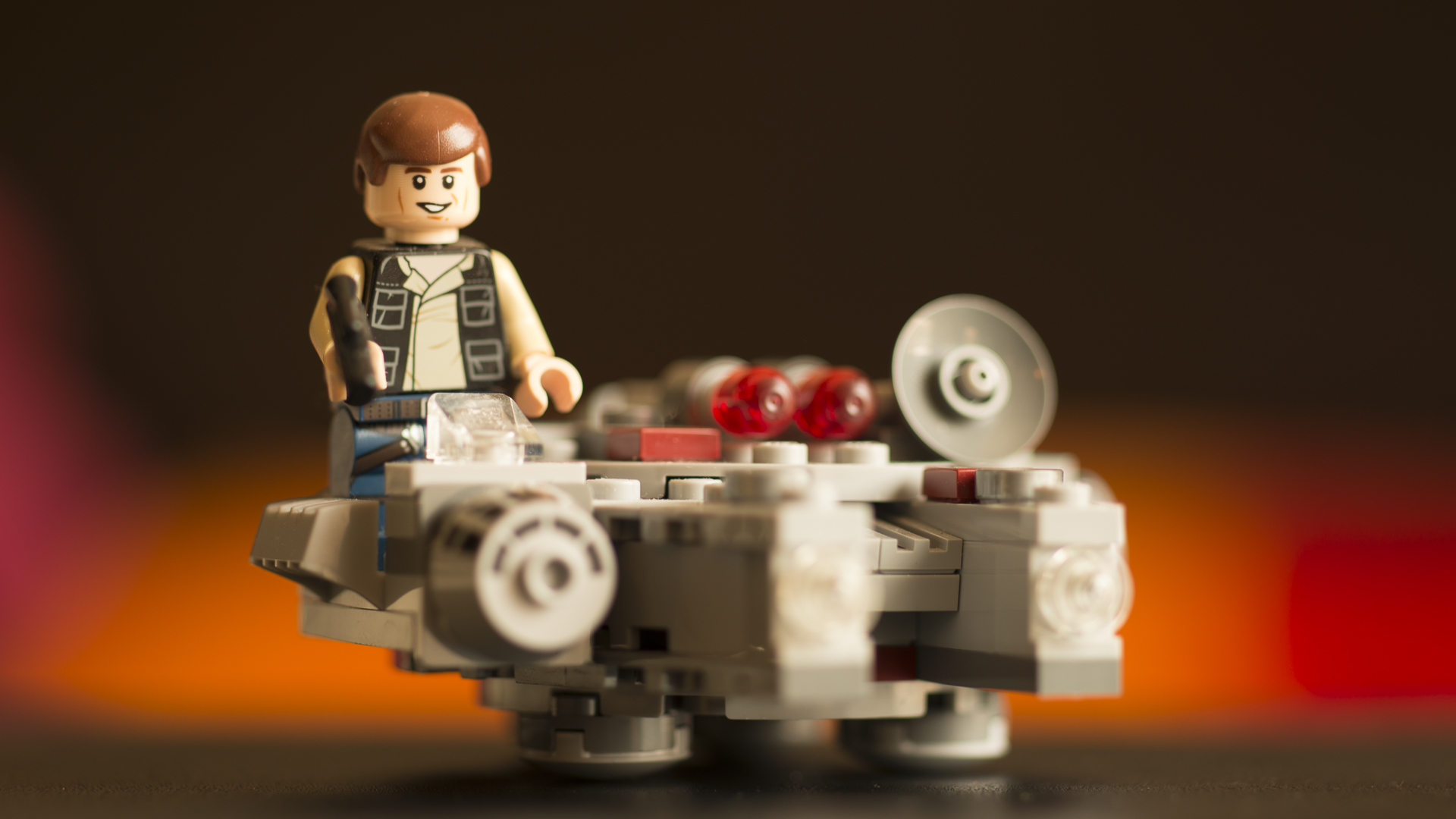
Sometimes there appears to be a bluish or cold tone to the photographs that you take - like the one below. These two differences (warm and cold)are most evident when you shoot photographs indoors under lights of the bulbs or in the evening.
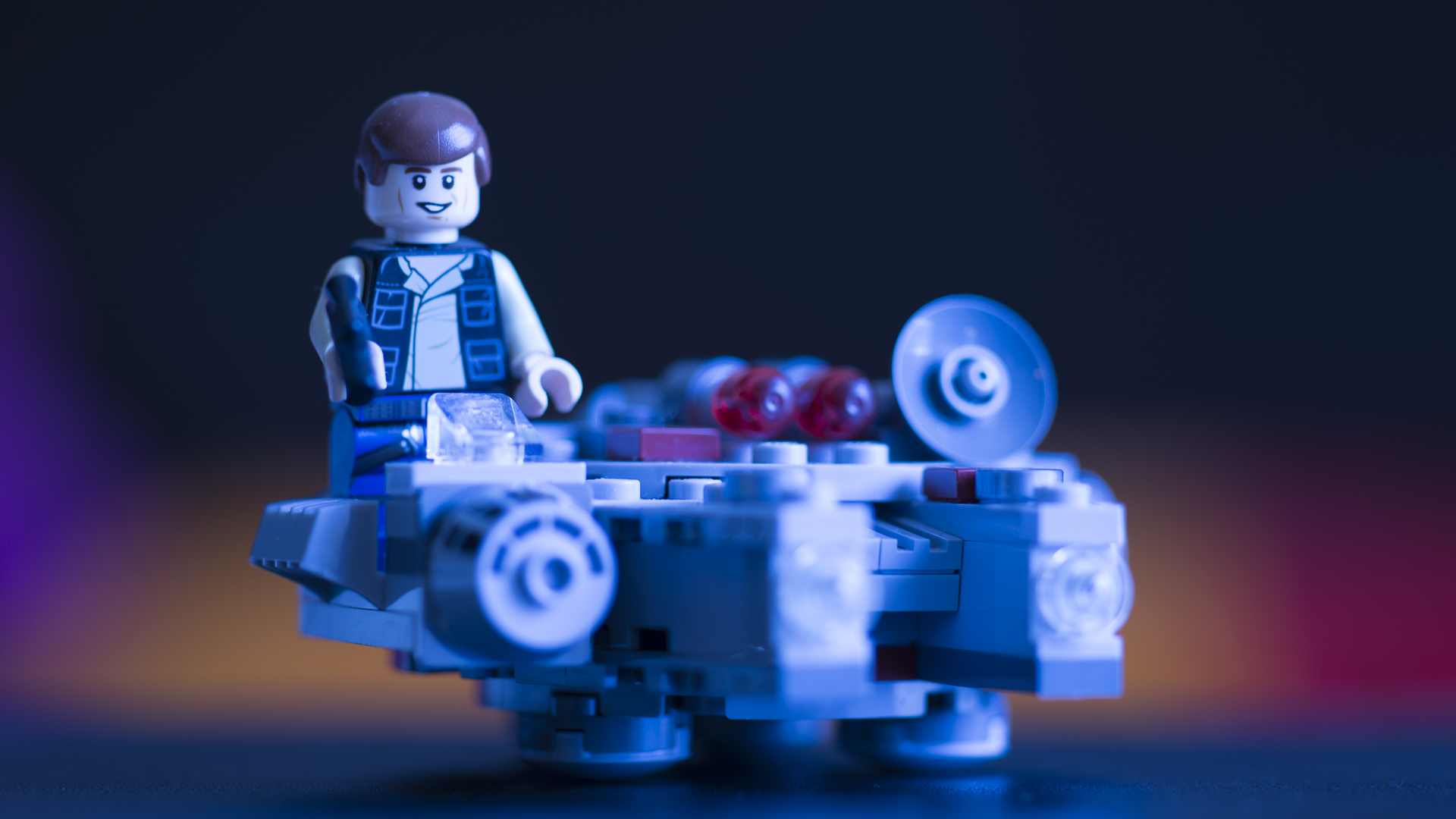
The bulb casts its's warm light on the subject making it warm and the evening light renders a blue tone on the subject due to its "cool" nature. In order to get absolutely neutral or true colours under any lighting situation we have to set custom white balance so everything appears neutral - neither warm, nor cool like the photograph shown below.
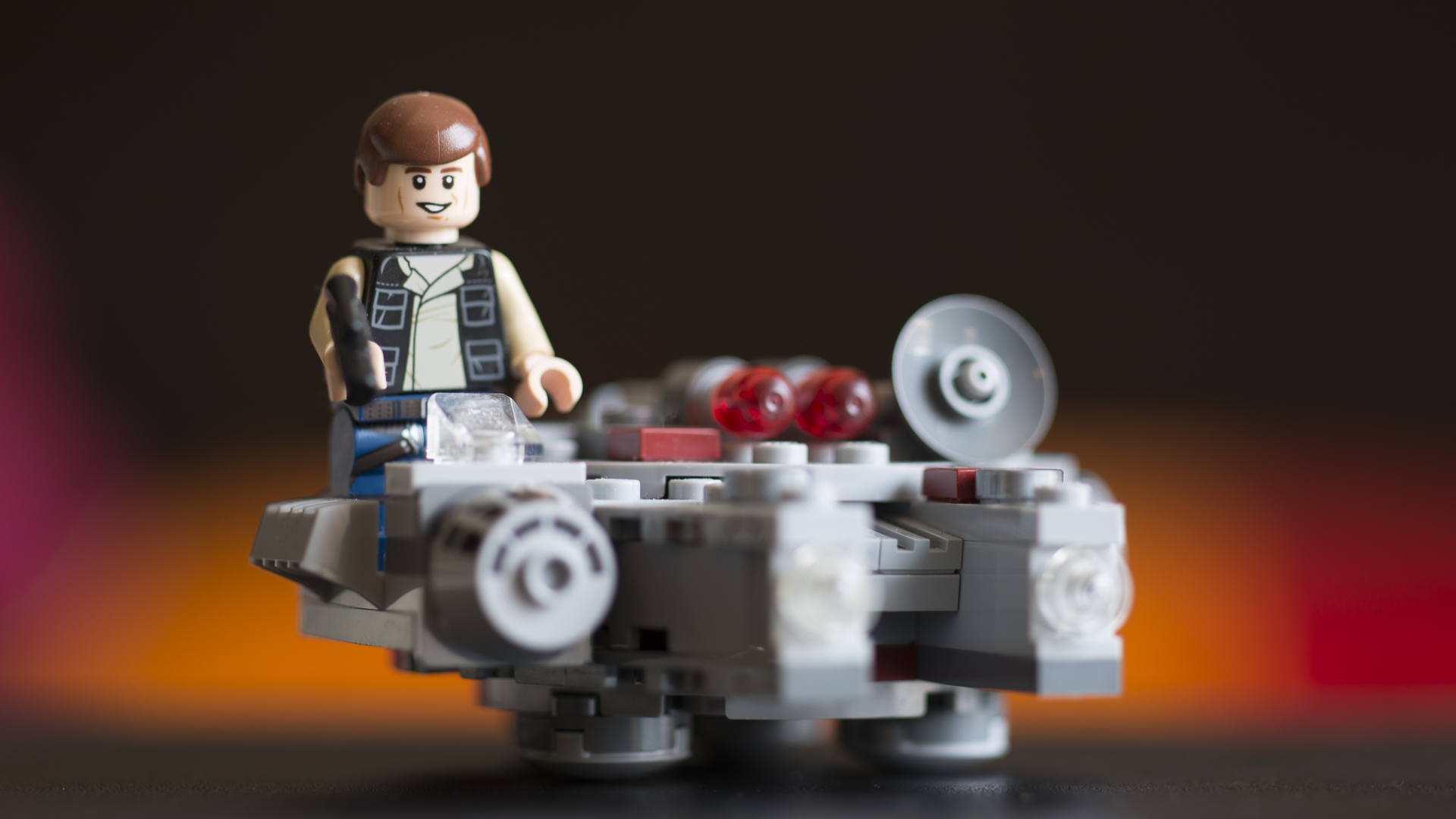
How to set custom white balance on Canon cameras?
When you set custom white balance on your camera, it means that you tell the camera what is white and the camera makes adjustments accordingly to all the colours, making them appear neutral - without any tone or cast. This is done by showing the camera a simple white sheet of paper under the same lighting conditions that you are taking your photograph and then you take a photograph of the white paper. The white paper should fill the frame fully. You then go to the menu and choose the custom white balance setting and press ok. The camera will show you the photograph that you have just taken and ask you whether it should use this photograph for the custom white balance setting. Confirm this by pressing ok again. Then go to the white balance setting and choose the custom white balance setting which is denoted by the symbol of two triangles and and a square. This symbol is shown in the photograph below.
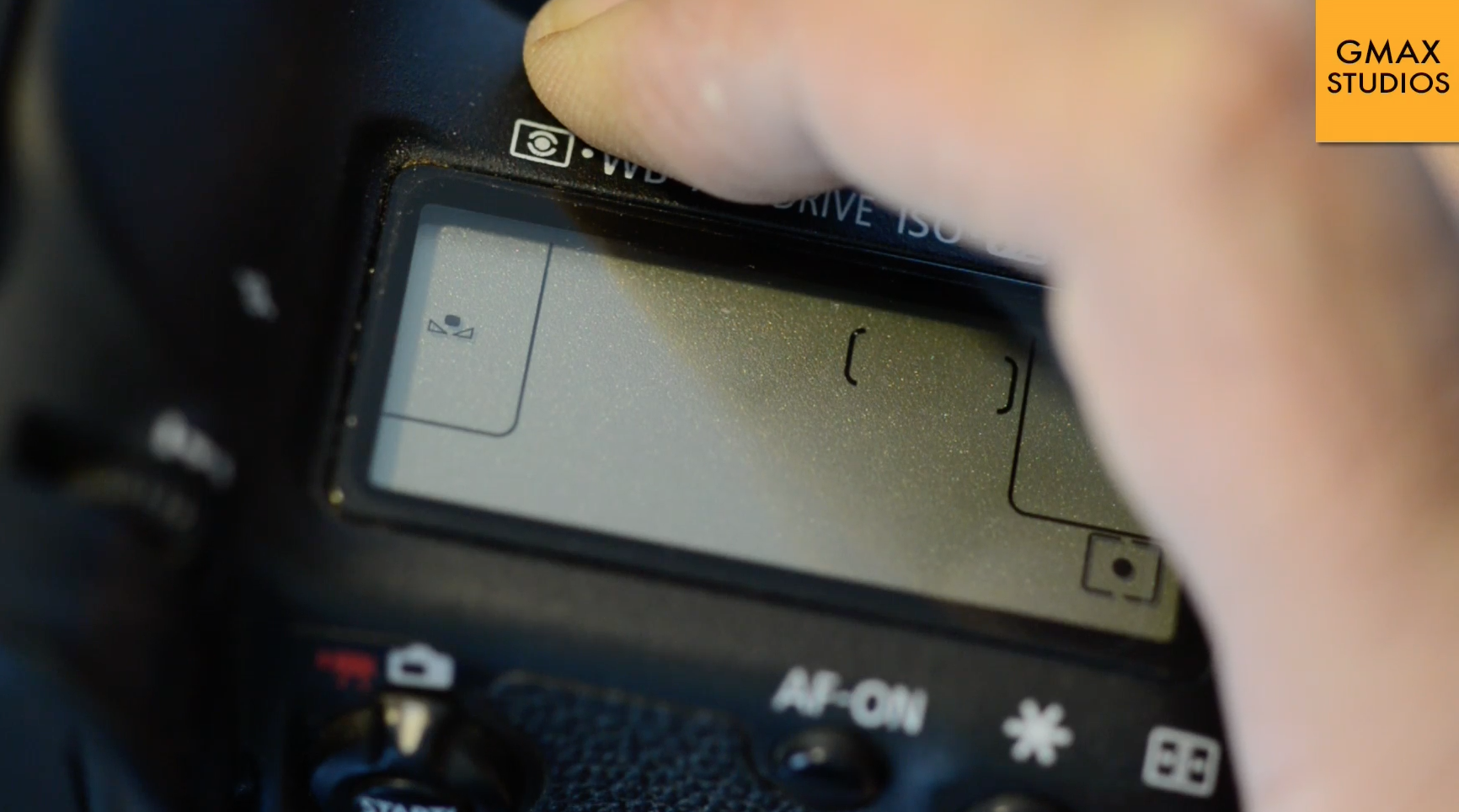
You have just successfully set custom white balance for your camera and now when you take a photograph all the colour cast will be gone and your colours will appear true and neutral. This whole process is explained in this short video below. If you like it please do not forget to subscribe to our channel for more photography tips and techniques. You can subscribe to the channel by clicking here. Please feel free ask any questions in the comments below.
https://youtu.be/x6BgZFxZG6k
Important
- The white paper should fill the entire frame – it should be all that you can see in your viewfinder/monitor.
- If you are shooting a wide shot, zoom in to the white paper or move closer to the paper.
- Do not get the paper close to the camera as the light falling on the paper has to match the light falling on your subject. Get the camera closer to the paper instead.
- If the camera is having a problem focusing on the white paper, switch to manual focus. It does not matter even if the photograph is out of focus for taking a white balance reading.
- Sometimes the will NOT display the photograph of the paper that you have just taken which means that the photograph was not suitable for taking a white balance reading. Check if your exposure is correct and take another photograph of the white paper. Underexposure or over exposure might cause a bad reading.
Please leave a comment if there is a question that you would like to ask or would like us to make a video on a specific photography topic.
How to white balance Nikon cameras
Why do a preset white balance?
The cameras made today are extremely sophisticated and they can judge pretty accurately what kind of photograph is being shot under what lighting conditions. But sometimes, you need to give them a little push so that they are able to serve you better. If you feel that your photographs are too warm or too cool for your taste, maybe it is time for you to do a custom white balance or as Nikon calls it - preset white balance. We are going to take a look at the easiest, cheapest and fastest way to white balance Nikon cameras. If you want to know about custom white balance on Canon cameras, please read this article here.
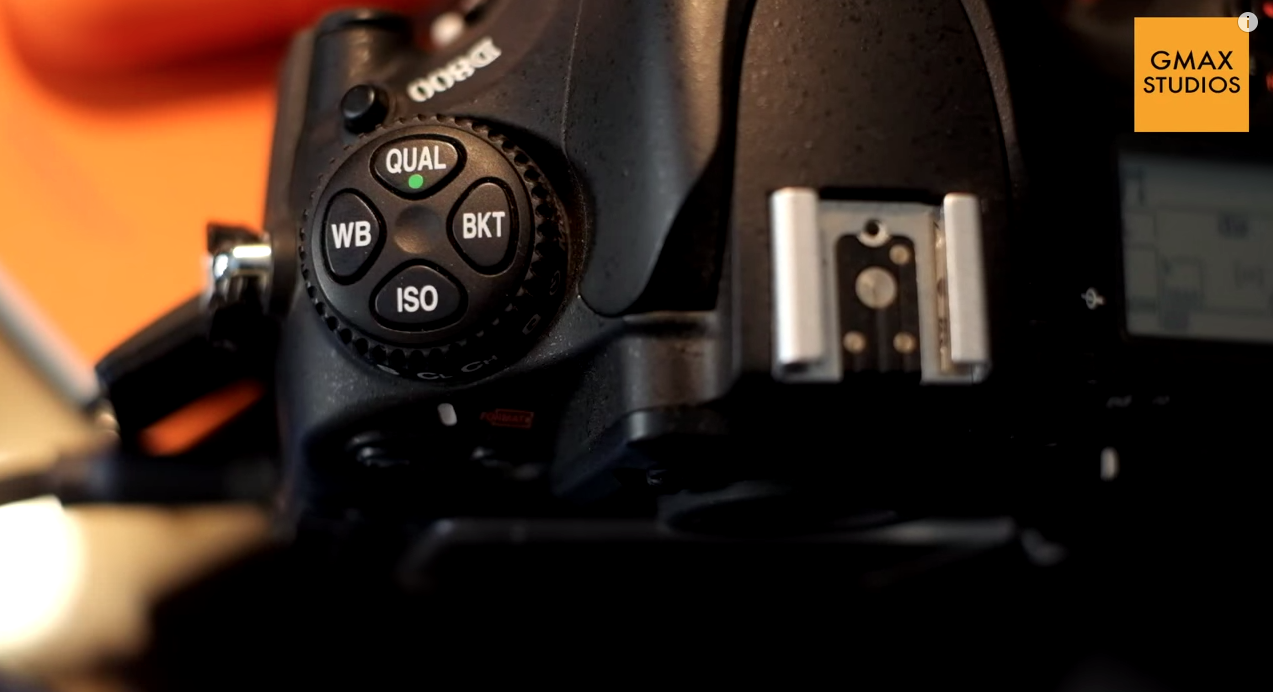
White balance is nothing but getting rid of the colour casts on your photographs by telling the camera, "Hey! This is white! Please make other adjustments accordingly!" So logically, the easiest way of doing this is by showing the camera a piece of white paper and telling it that this is white. Different cameras have different ways of measuring white under different lighting conditions, though internally the process remains the same.
How to white balance Nikon cameras
Nikon calls this adjusting the PRESET white balance and it is done by pressing the WB(white balance) button on the camera and turning the command dial until the display show "PRE". You then release the WB button and press it again. The PRE now begins to flash. This means that the camera is in ready mode to take the new white balance setting. Now all you need to to do is put a white paper in front of the camera and press the shutter button while the PRE is still flashing. The display should read "GOOD" which means your preset white balance was successful.
Important
- The white paper should fill the entire frame - nothing else should be visible.
- If you are shooting a wide shot, zoom in to the white paper or move closer to the paper.
- Do not get the paper close to the camera as the light falling on the paper has to match the light falling on your subject. Get the camera closer to the paper instead.
- If the camera is hunting for focus, switch to manual focus. It will not make a difference if the paper is out of focus to take the white balance reading.
- If the camera displays "NO GOOD" that means that the camera was unable to get a proper reading. Check if your exposure is correct. Underexposure or over exposure might cause a bad reading.
- Make sure that the PRE is flashing when you press the shutter button.
Please watch the short video below to understand this process better. If you have any questions, please ask them in the comments and if you like the video, please subscribe to our channel by clicking here.
https://youtu.be/CL_WPm13zI0
Please ask any questions that you might have in the comments section below.
Photography | Shooting in manual mode
Shooting in manual mode
Shooting in manual mode is made out to be something really, really BIG. It's as if you are not a true photographer until you shoot in manual mode. Nothing could be further from the truth. Each mode on the camera whether it is aperture priority, shutter priority, program mode or manual mode has got a specific use and a smart and good photographer knows when to use them.
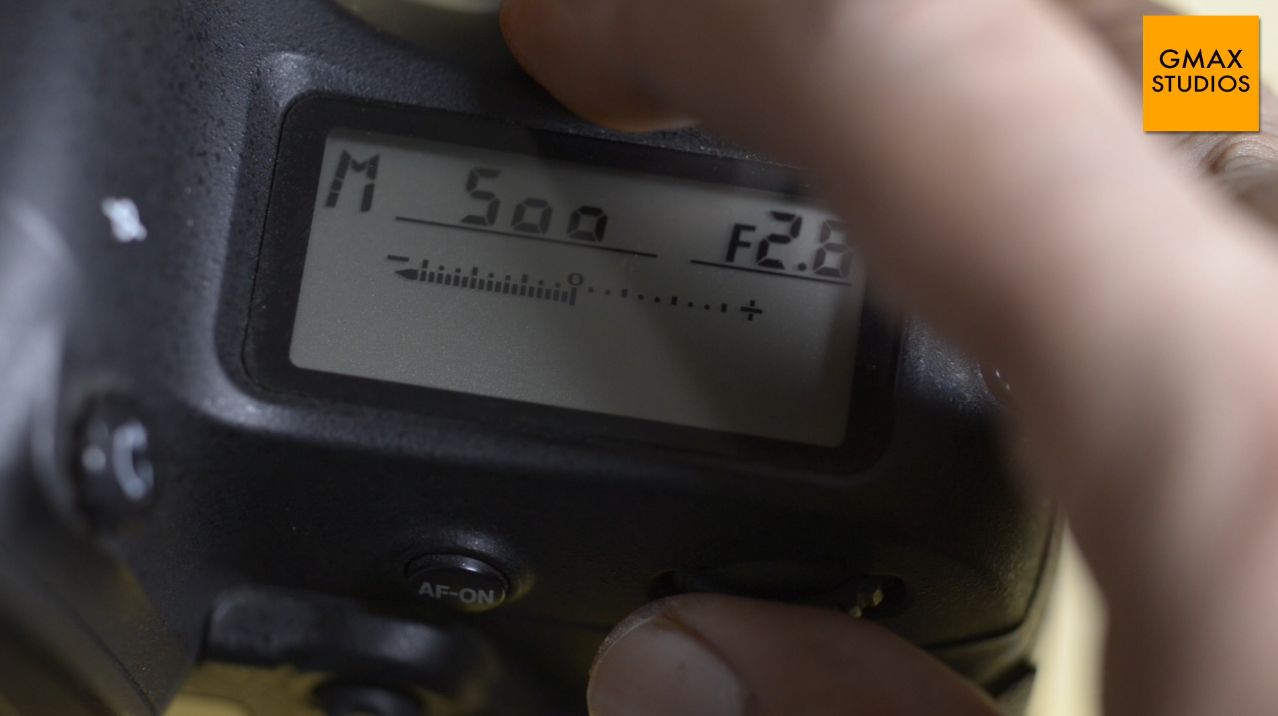
Why shoot in manual mode?
The question that many people ask is - why shoot in manual mode at all when the average camera has such sophisticated technology built into it that it is almost guaranteed that you will get a perfect exposure every time? Shooting in manual mode has it's benefits. One very basic thought behind shooting in manual mode is that it really helps you understand the process of taking a photograph. In that sense, it makes you a better photographer.
Once you are familiar with the way a photograph is made and you understand the reason why a photograph turns out the way it does, it will be easier for you to shoot in other modes as well. Also, it has the benefit of being able to replicate the look and feel of the photographs that you like. A great example of this is people who shoot portfolios in the studio. Once they have figured out the look they want, they know exactly what settings to shoot on rather than mess with them each time a new client walks in.
I personally use the manual mode when I don't want the camera making too many decisions on my behalf. This usually happens when I come to a setting where I am happy with the exposure - both on my subject and the foreground (if any) and the background and I am not expecting the light to change too much. This might happen while shooting with flash or in natural light. In natural light though, you will have to keep checking the exposure at certain intervals to ensure that the moving sun has not caused any change in the desired exposure.
Usually the camera tries to act smart and changes the exposure value if you recompose - like move the subject to one side of the frame or zoom in etc. This is what I don't want happening. Once I am happy with the exposure, I am happy with it. That is why I use the manual mode to lock it down.
How to shoot in manual mode?
In manual mode, you take over all the controls from the camera, which is aperture, shutter speed and ISO. You do this my switching to the M mode on the camera.
- You define your starting point by deciding what is more important to you - the aperture or shutter speed.
- The ISO obviously is at the lowest setting when you start off and this will be the last thing that you increase.
Watch the video below to understand how to nail and lock down shooting in manual mode. It is no rocket science - I can definitely assure you of that. Subscribe to our channel if you feel like it by clicking here.
http://youtu.be/Hv3UXdxSxrM
Colour grading video in Lightroom
Colour grading is a slow and tedious process. With the huge amount of software at our disposal, we can go spend hours and hours trying out various options and looks with the video before we can decide what look to finally go with. As described in our post here, there are quite a few stages to colour correct your footage and get it to the final look that you want. But what if you want to do some quick colour grading and are short of time and don't want to jump through all the hoops? Or what if you just want to quickly see a number of options before you decide the final look of your video or film?
Enter Adobe Lightroom which is primarily a photo post-processing software but can come in very handy if you are in one of the situations described above and are looking at colour grading video in Lightroom. It is even better if you have one of your favourite looks saved as a "preset" in Lightroom. One click is all you need. Take a look at the video below to see how it is done and leave us a comment if you found this useful or have some questions.
http://youtu.be/ScLaTzbm_xk
Colour correction and colour grading in video
To give a professional look to your shot footage, some amount of colour (color for Americans) correction and colour grading is important. Though quite a few people use both the terms, colour correction and colour grading interchangeably - they are in fact, two different processes altogether. So what is the difference between colour correction and colour grading in video, film or photography?
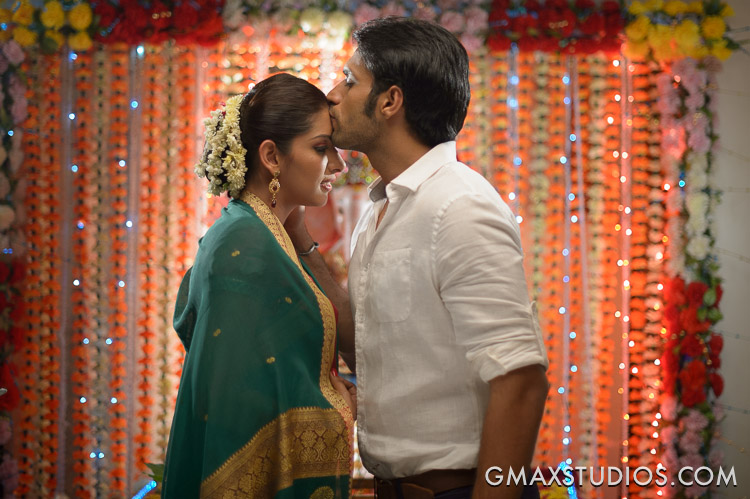
Image 1: Footage as captured. Flat and raw. Notice the low contrast and saturation.
Colour correction is the process by which you ensure that all the shots in your film or video have the right white balance, contrast and tone in every scene so that there is no major visual jump in between shots and scenes and they look like a part of the same production and not different shots assembled from different sources. The final outcome of the colour correction process is to often make the shot footage look as natural or real as possible - more so because more and more people and cameras shoot in a "flat" picture style which might not look very pleasing to the eye. In one sense, colour correction is an essential part of preparing your footage for colour grading.
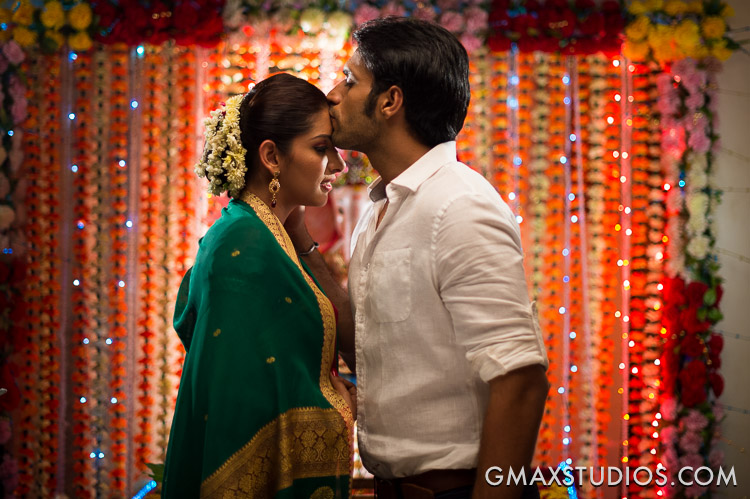
Image 2: Colour corrected footage. Nice punchy contrast and saturation.
Colour grading is applied after colour correction and is referred to the process of giving different colour tones and hues to your footage so that it creatively conveys the theme on which the film or video is based. It is largely a creative process where the creator of the piece decides that his film will look better with such a tonality. Colour grading is more about conveying a mood that suits the film and it involves manipulation of highlights, midtones and shadows to give the entire footage a different tone altogether.
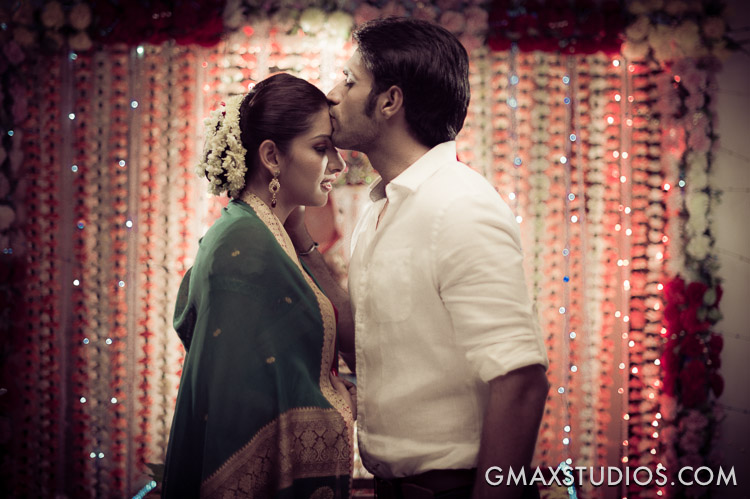
Image 3: Colour graded. Faded out the colours and diffused the highlights. Since this was a part of a scene where the protagonist is remembering his dead wife the grading helped give the footage a dreamy feel.
Correction before grading is a nice way to remember the difference between the two and while on the subject, take a look at out video below that is perhaps the easiest, quickest and cheapest way to colour correct and grade your footage. Take a look and leave a comment if you have further questions. Also, please subscribe to our YouTube Channel by clicking here.
http://youtu.be/ScLaTzbm_xk
Using Black Rapid Camera Strap with Arca Swiss plate
What is white balance in photography and how to master it?
What is white balance?
Most of the time, most of the people set their cameras to automatic white balance and forget about it and sure enough, for most of the people this seems to suffice and they get decent enough pictures to suit their purpose. This is due to the great advances in technology that we seem to have made over the past few years. If you want real control over the kind of pictures that you take, you have to stop relying on technology and what the camera asks you to do. To take pictures where the colour is finely controlled by you and nobody else you have to master some basic techniques. White balance is one of them.
White balance (WB) is the process of balancing the colour in your photographs, so that objects which appear white in person are also white in your photographs. Our eyes are very good at judging what is white under different lighting conditions - like the yellow light emitted from our bulbs at home or the white light emitted from the tube lights we use, but digital cameras often have difficulty in "seeing" under these lighting conditions. Even daylight for that matter changes its colour at different times of the day. You definitely must have noticed that sunlight has a warm glow in the morning and evening which is missing during the day. The sunlight appears quite bright, harsh and white during midday. To understand this better let us figure out what is the difference between warm, cool and neutral tones.
Understanding tones
WARM TONE IN A PHOTOGRAPH
Any photograph that has red or orange tones on it is said to be "warm". This is usually due do some warm light - like a bulb or the evening sunlight falling on the subject.

COOL TONE IN A PHOTOGRAPH
If a photograph has a bluish tint to it, it is said to be "cool". This usually happens if you photograph subjects in shade, away from the sun or after sunset during the evening.

NEUTRAL TONE IN A PHOTOGRAPH
If a photograph is neither warm nor cool, it is said to be neutral. An important point about neutral photographs is that the colours in it are true. They appear to exactly the way they are, in real life.

The color temperature of a light source is the temperature of an ideal black-body radiator that radiates light of comparable hue to that of the light source. Color temperature is a characteristic of visible light that has important applications in lighting, photography, videography, publishing, manufacturing,astrophysics, horticulture, and other fields. In practice, color temperature is only meaningful for light sources that do in fact correspond somewhat closely to the radiation of some black body, i.e., those on a line from reddish/orange via yellow and more or less white to blueish white; it does not make sense to speak of the color temperature of, e.g., a green or a purple light. Color temperature is conventionally stated in the unit of absolute temperature, the Kelvin, having the unit symbol K.
- Most DSLRs have a colour temperature range of between 2500k and 10000K
- In your camera, the lesser the number (closer to 2500K) the cooler your photograph will be and the larger the number (closer to 10000K), the warmer your photograph will be. Absolutely white light is measured at 5600K.
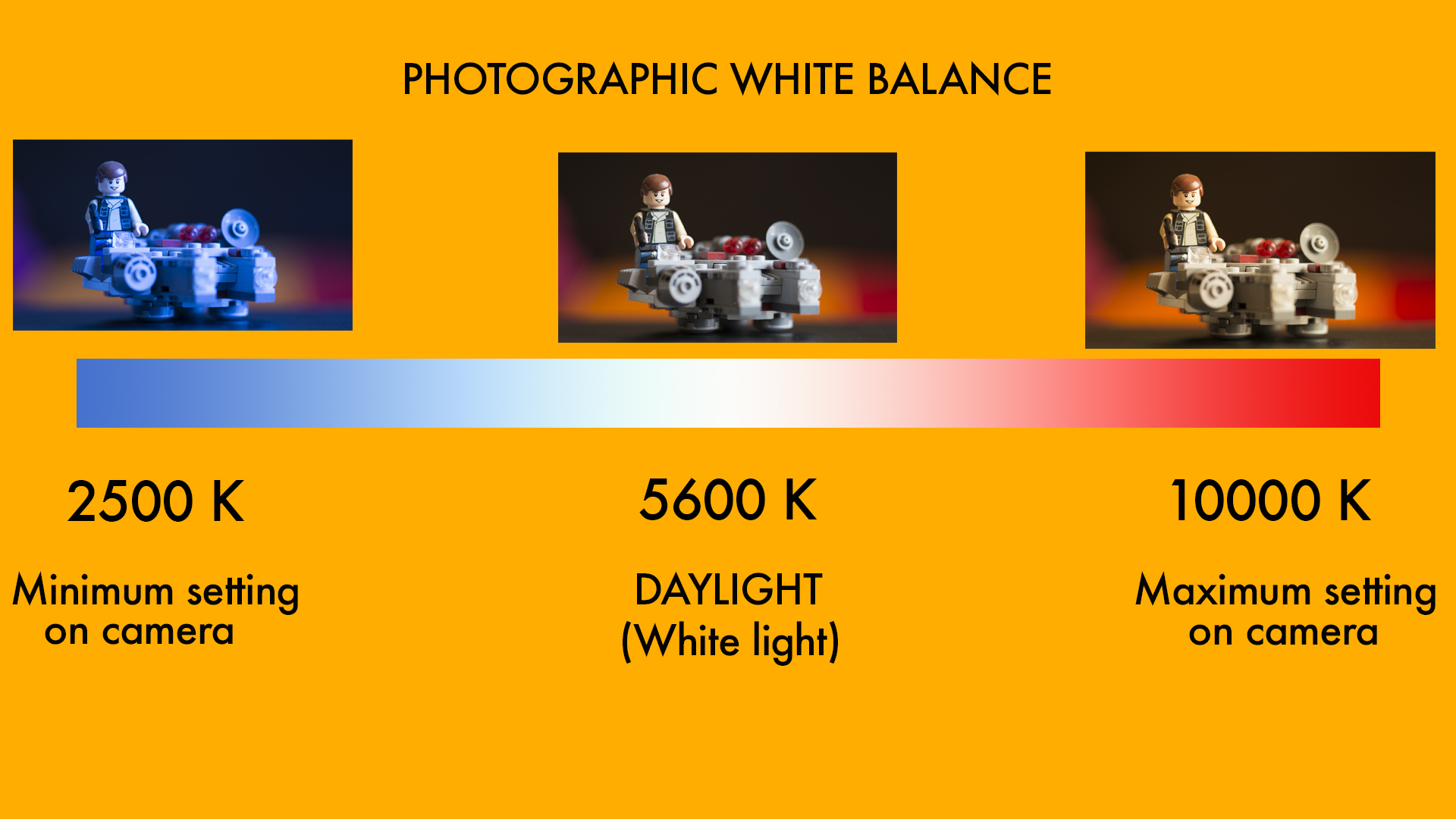
In my opinion, pure white light does not exist naturally. It can only be seen from man made light sources like professionally made HMI lights like they use on film sets or from flash(strobes) used in photography or LEDs. Natural light sources always have a tone to them.
How to set white balance on your camera?
There are three ways that you can set white balance on your camera.
- Auto white balance: As said earlier, auto white balance or AWB gets the job done 90% of the time and in the newer cameras it is pretty accurate or even amazing at times but with the camera set to auto white balance (or AWB) — your photographs can end up looking slightly blue, orange, or even green.
- Using the built-in settings: This involves figuring out what kind of light your are shooting under and matching it with the appropriate setting in the camera. So if you are shooting in sunlight, you choose the "sunlight" white balance setting on the camera (symbolised by a "sun") and if you are shooting in cloudy lighting conditions, then you use the cloudy settings and so on. This method too works well - but just barely. It is not very accurate and differs between camera brands and models.
- Using a custom white balance or preset white balance: This is the most accurate method of making sure that you get an absolutely neutral photograph and true colours.White balance or setting colour temperature is you telling the camera that under these lighting circumstances which colour it is to assume is “true white". Once you tell the camera that under these lighting circumstances, THIS is white- the camera is smart enough to make the necessary adjustments to render all other colours the way they are.The easiest way of doing this usually involves putting the camera in custom white balance mode and "showing" the camera a white sheet of paper and then taking a picture with it. What this does, is that it tells the camera that - "this is white" under these lighting conditions. Once the camera understands that, it makes all the other adjustments accordingly and all your colours come out looking just the way they should. You can use a device like Expodisc too, instead of the paper which will make the results more accurate.
If you shoot RAW, you can also, take your photographs to Adobe Lightroom or Photoshop and make corrections to the colour temperature in these programs. You can watch the video below to understand more about white balance and how to set it correctly. You can also read the articles (links under the video) on how to white your Nikon or Canon specifically.
Important
While understanding white balance can help you avoid these unnatural tones and improve your photos under any lighting condition. It is not a rule that you must have absolutely neutral tones for each and every photograph you take. You might prefer a warm or cool tone and that is perfectly alright. In fact, skin does look better in a slightly warm tone and many photographers deliberately "warm up" their photographs to make their subjects look better.
https://youtu.be/buex57O_Q5U
Also see:
How to set custom white balance on Canon DSLRs
and
How to set preset white balance on Nikon DSLRs
How is a photograph made
How is a photograph made?
When taking a picture, you press the shutter release and there are two things that happen:
- The shutter opens for a fraction of time to let light from the scene to be focused onto the image sensor. The fraction of time for which the shutter opens is called shutter speed.
- The light coming in comes through a hole in the lens. This hole is called an aperture - an adjustable opening that regulates how much light passes through the lens.
So, to get the ideal exposure, just the right amount of light must strike the image sensor. If there is too much light - your picture will be overexposed and if there or too little light, your picture will underexposed. In either case you need to adjust the amount of light coming into the camera. So we can do this one of two ways:
- Change the shutter speed. Make the shutter speed slower (so that it remains open for a longer time) to allow more light to come in OR make the shutter speed faster to let less light come in - depending upon whether the photograph is under or overrexposed.
- Another way to change the amount of light coming into the camera is by opening or closing the lens's aperture. 'Stopping down' the aperture makes it smaller so that it lets in less light. Opening it up lets in more light.
http://youtu.be/vZ-_zMSqnKk
Once the right amount of light hits the sensor or film - you will have the perfectly exposed picture.
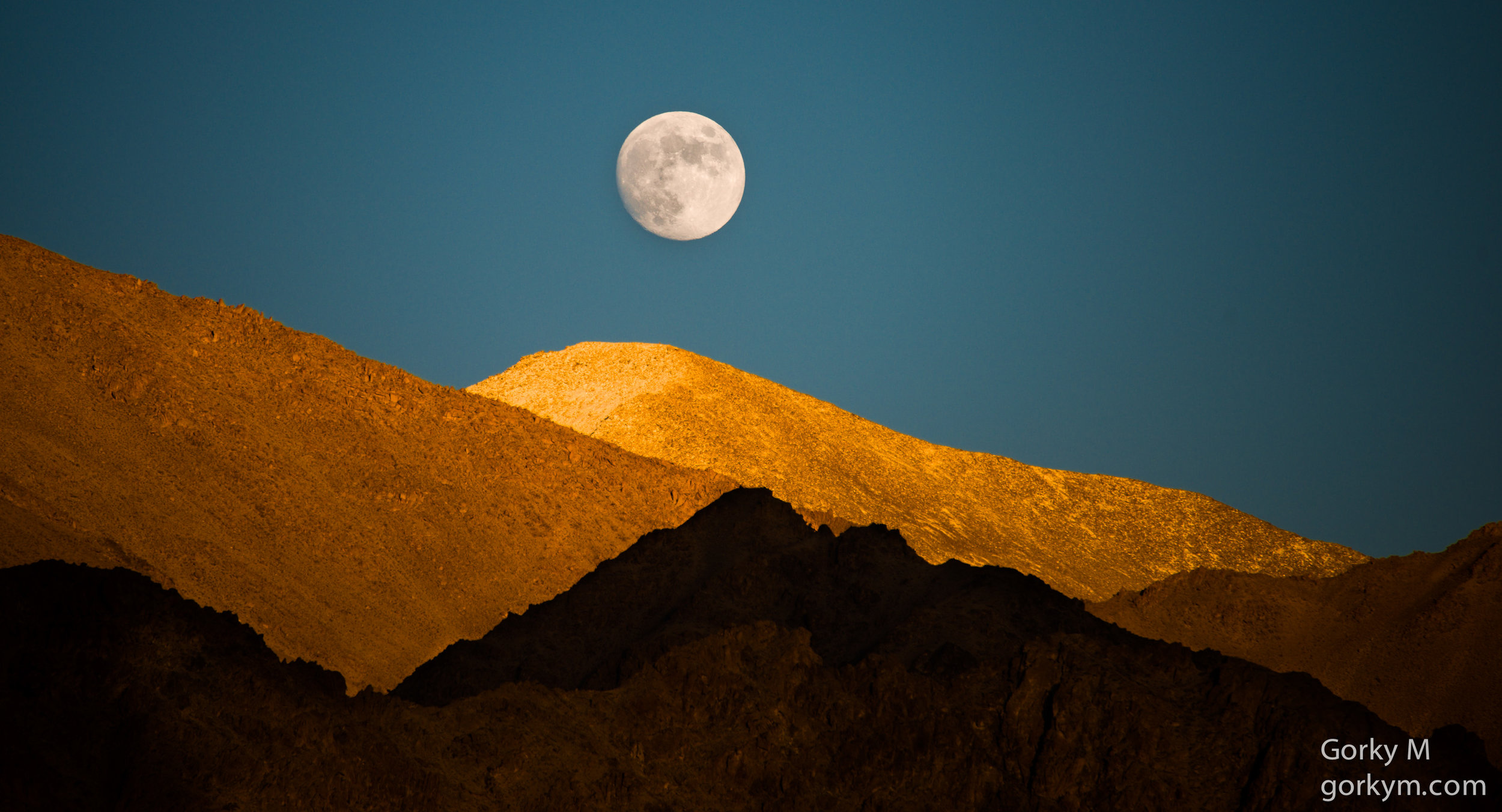
Please subscribe to our channel if you like the video by clicking here or click on the image below to watch all our episodes on photography.
Also please don't forget to leave us a comment if you have a question or would like to leave a request as to which video would you like to see next.

